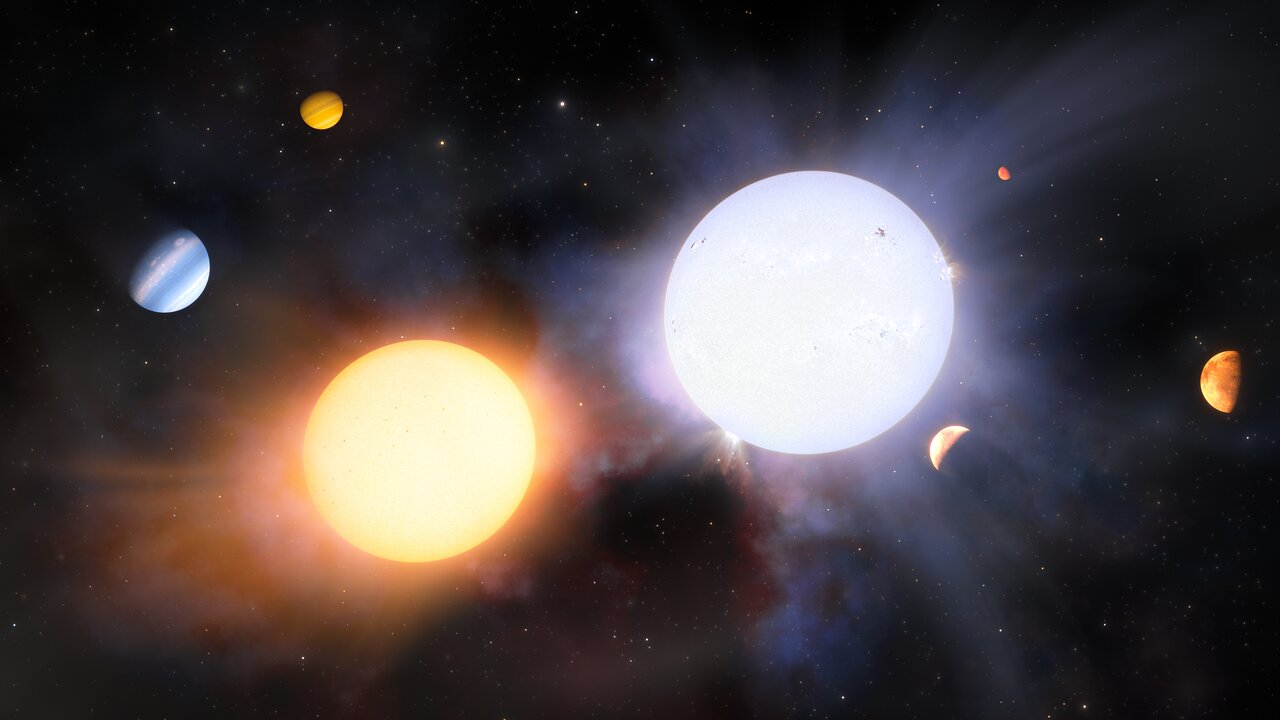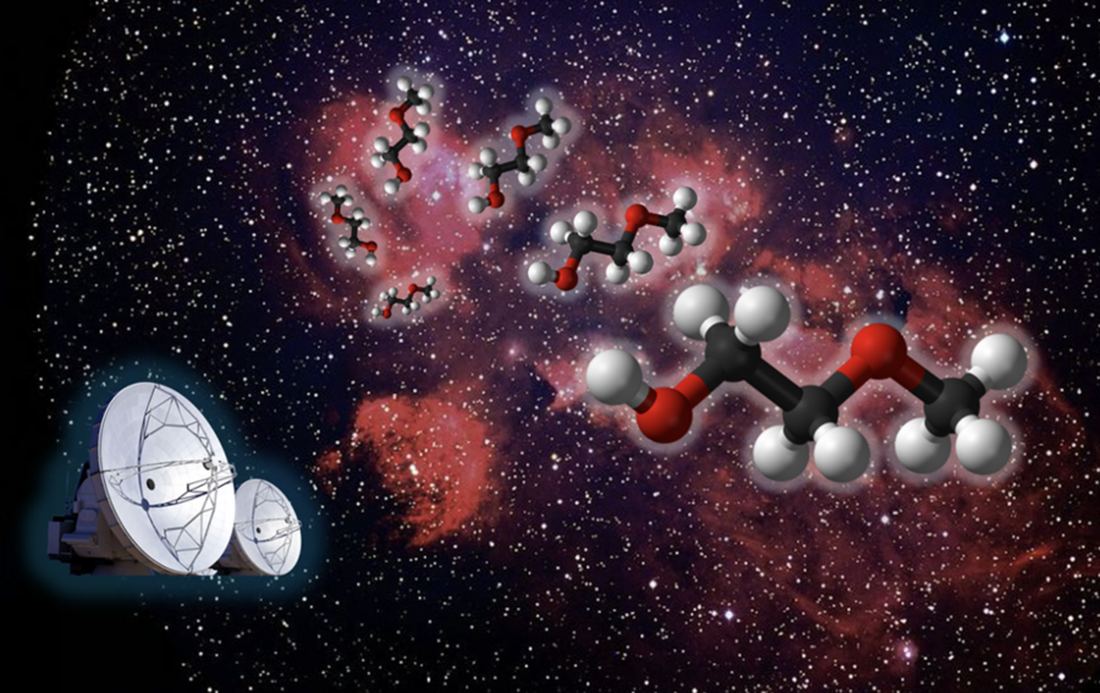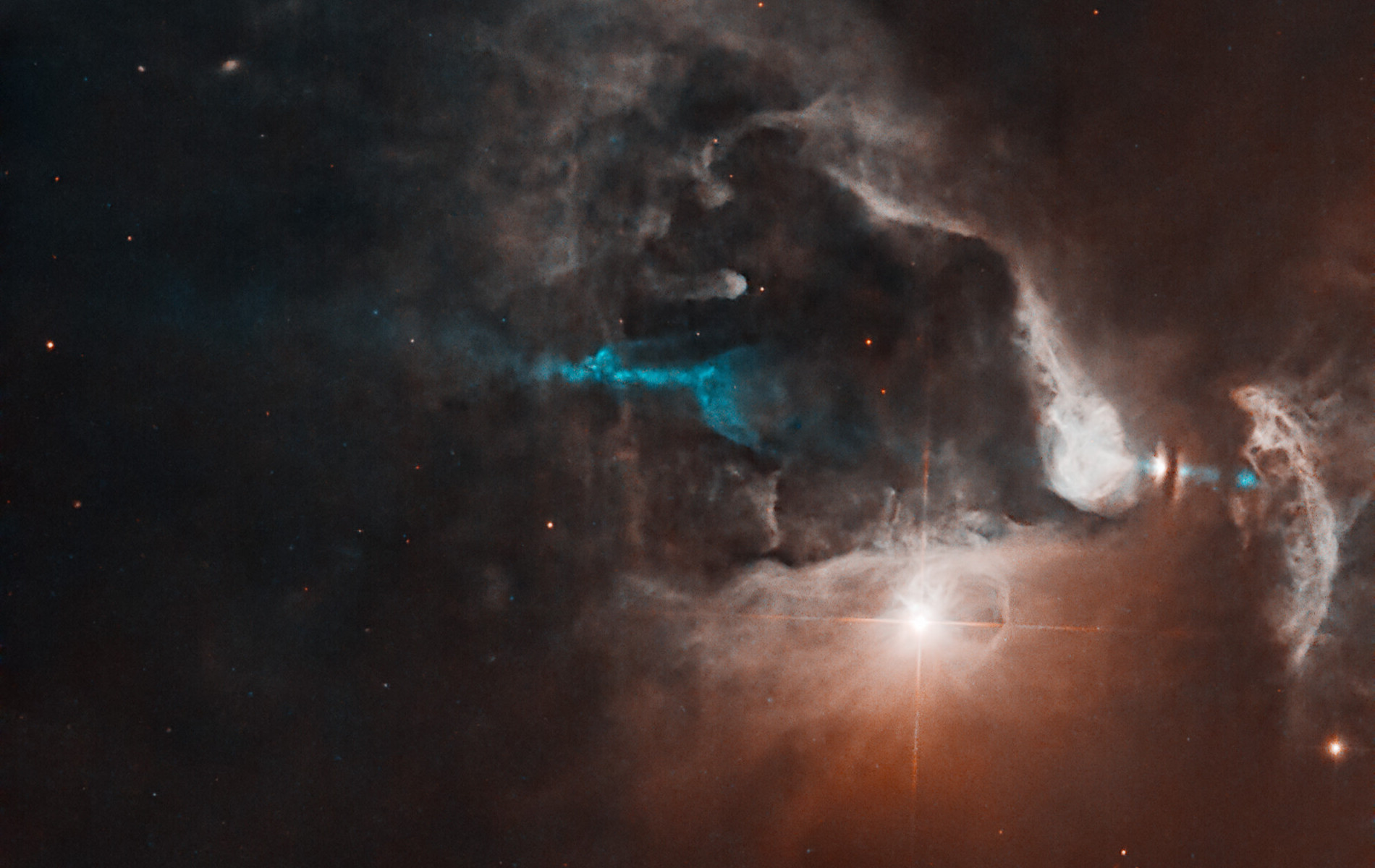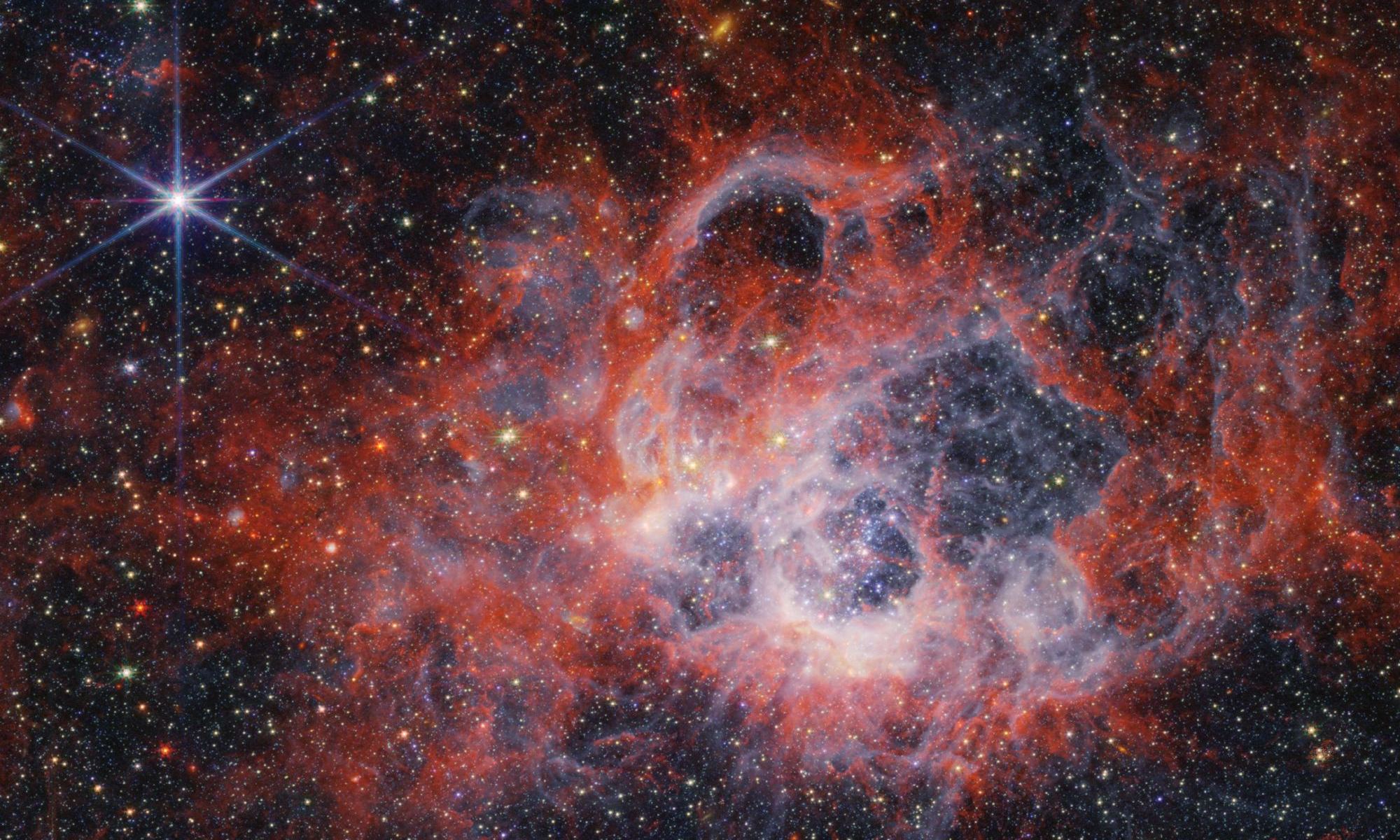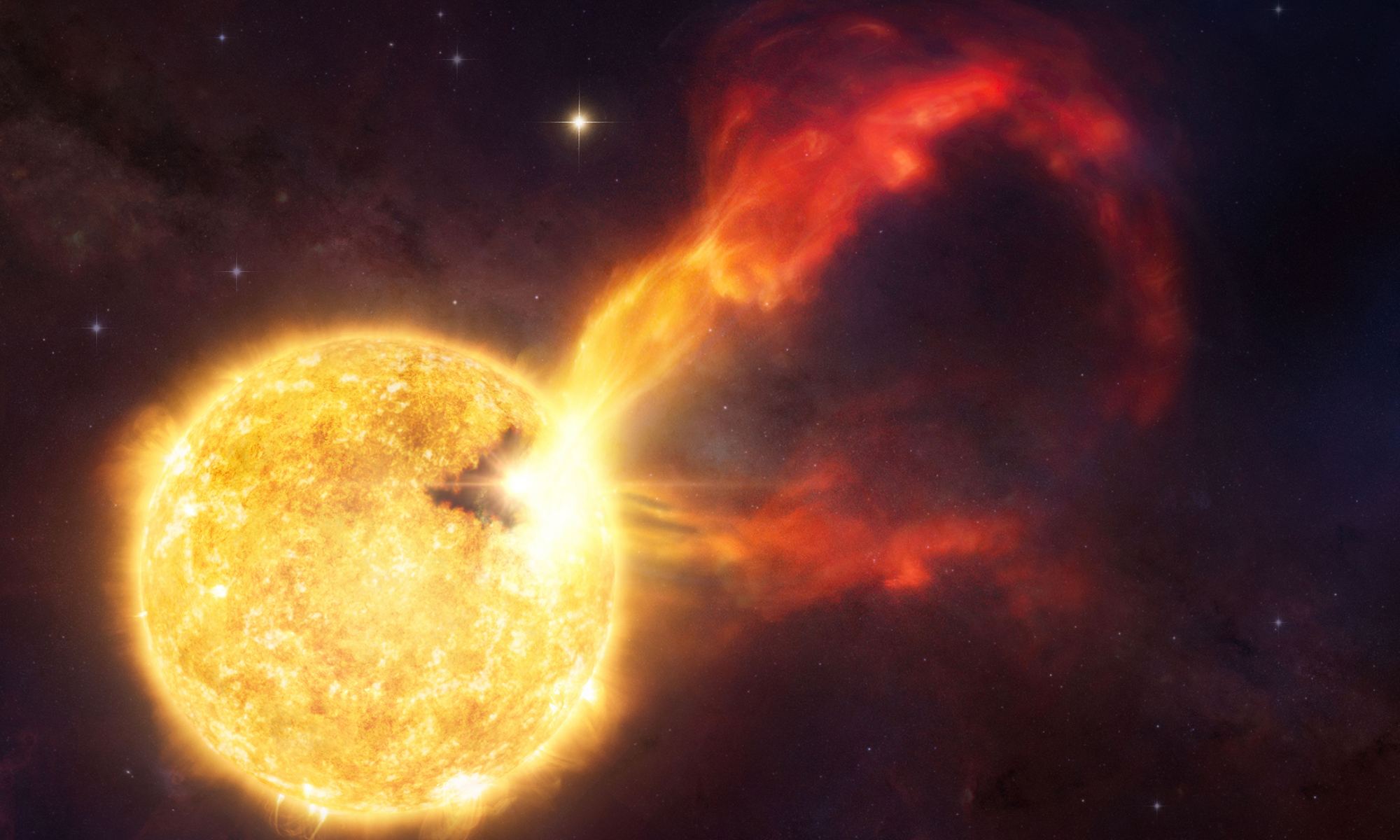The Gemini Observatory has unveiled a striking new image that shows star formation within the irregular galaxy NGC 4449. This galaxy is categorised as a “Magellanic-type” galaxy due to its similarities with the Magellanic Clouds, although it is smaller in size. Surrounding NGC 4449 is a halo of smaller dwarf galaxies, two of which are currently merging with it. This merger is causing clouds of gas to collide, fuelling the surge in star formation observed in NGC 4449.
Continue reading “Merging Galaxies Make for Explosive Star Formation”Merging Galaxies Make for Explosive Star Formation



![Artist’s impression of one of the two stars in the FU Orionis binary system, surrounded by an accreting disk of material. What has caused this star — and others like it — to dramatically brighten? [NASA/JPL-Caltech]](https://www.universetoday.com/wp-content/uploads/2020/02/PIA20689_fig1.jpg)
